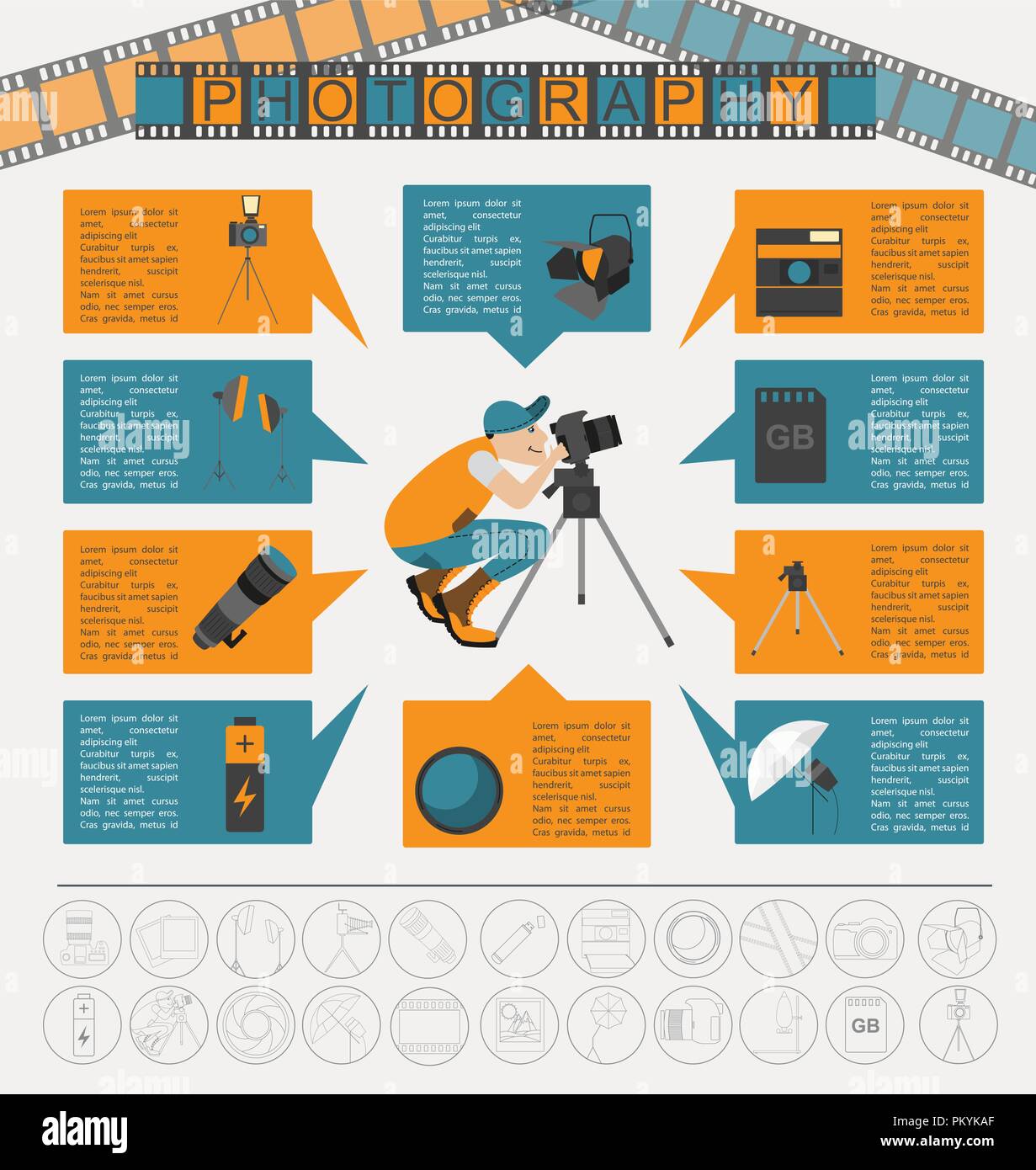What Every Photographer Must Understand About Illumination
What Every Photographer Must Understand About Illumination
Blog Article
Material Writer-Rogers Riddle
As a digital photographer, you know that illumination can make or break your images. Understanding the nuances of both all-natural and artificial light is crucial for recording the state of mind and quality you go for in your job. Whether you're chasing after the best gold hour glow or tweak your fabricated configurations, mastering these components can raise your photography considerably. However there prevail challenges that many ignore, and acknowledging them can change your approach to every shoot. Allow's explore what you could be missing out on and just how it can influence your results.
Recognizing Natural Light
Recognizing all-natural light is crucial for any type of professional photographer wanting to enhance their job. It's the foundation of wonderful digital photography, affecting mood, tone, and clearness. When you fire outdoors, pay attention to the moment of day. The golden hour-- soon after sunup and prior to sundown-- supplies soft, warm light that can transform normal scenes into stunning images.
Don't underestimate the power of overcast days. Cloud cover diffuses sunlight, developing a soft, also light that's excellent for portraits and macro digital photography. You'll discover colors pop in this kind of lights without severe darkness.
Positioning matters, also. Always consider your topic's positioning to the light. If the sunlight's behind your topic, you may wind up with a shape, which can be remarkable however mightn't be what you desire. Alternatively, straight sunshine can create uncomplimentary darkness.
Trying out angles; occasionally, changing your perspective can produce amazing results. Usage all-natural reflectors, like water or sand, to bounce light onto your subject, including dimension.
Mastering Artificial Light
Mastering synthetic light is crucial for professional photographers that intend to take their abilities to the following degree. Whether you're utilizing speedlights, studio strobes, or constant lights, recognizing exactly how to manipulate these sources can substantially boost your pictures.
Beginning by acquainting yourself with the essentials of light quality, direction, and color temperature level. Try out various modifiers like softboxes, umbrellas, or grids to control the softness or violence of the light.
You'll discover that soft light commonly creates lovely results, while harsher light can add dramatization and depth. Don't avoid shadows; they can improve the three-dimensionality of your subjects.
Pay very close attention to the positioning of your lights. A light positioned too near your topic can develop uncomplimentary outcomes, while as well far can bring about an absence of information. Use a light meter or your electronic camera's pie chart to guarantee you're exposing correctly.
http://garrett05leo.xtgem.com/__xt_blog/__xtblog_entry/__xtblog_entry/37575837-open-your-mind-to-a-world-of-cutting-edge-photography-concepts-that-challenge-conventions-and-inspire-imagination-disclosing-a-brand-new-dimension-of-your-imaginative-vision?__xtblog_block_id=1#xt_blog but not least, keep in mind that man-made light can be mixed with ambient light for innovative impacts. Stabilizing these sources might take method, once you understand it, your photography will truly shine.
Methods for Different Situations
When you enter various capturing scenarios, adapting your lights methods is vital for catching the most effective images. For outdoor portraits, use the golden hour-- early morning or late afternoon light-- to soften shadows and enhance skin tones.
If it's a harsh noontime sun, think about using a reflector to bounce light back onto your subject or look for shaded locations for an extra even direct exposure.
In low-light situations, like indoor events, enhance your ISO and make use of a broad aperture to let in more light. A tripod can help get rid of video camera shake, enabling longer direct exposures without obscuring.
If you're shooting at night, experiment with off-camera flash to create dynamic lights and depth in your photos.
For product photography, utilize diffused lights to prevent harsh reflections. simply click the up coming website or light camping tents can aid accomplish this impact.
When photographing landscapes, take into consideration the direction of light and time of day, as it can considerably alter the state of mind of your shot.
Always be ready to change your settings and positioning based on the scenario, as versatility is essential to grasping lights in photography.
Final thought
Finally, mastering lighting is essential to boosting your digital photography abilities. Embrace all-natural light's charm throughout gold hour, and do not shy away from experimenting with artificial light techniques. By adapting your approach to various circumstances, you'll record spectacular photos that resonate with feeling and clarity. Bear in mind, the best illumination can transform a regular shot into something phenomenal, so keep exercising and improving your understanding of both natural and synthetic light. Delighted shooting!
